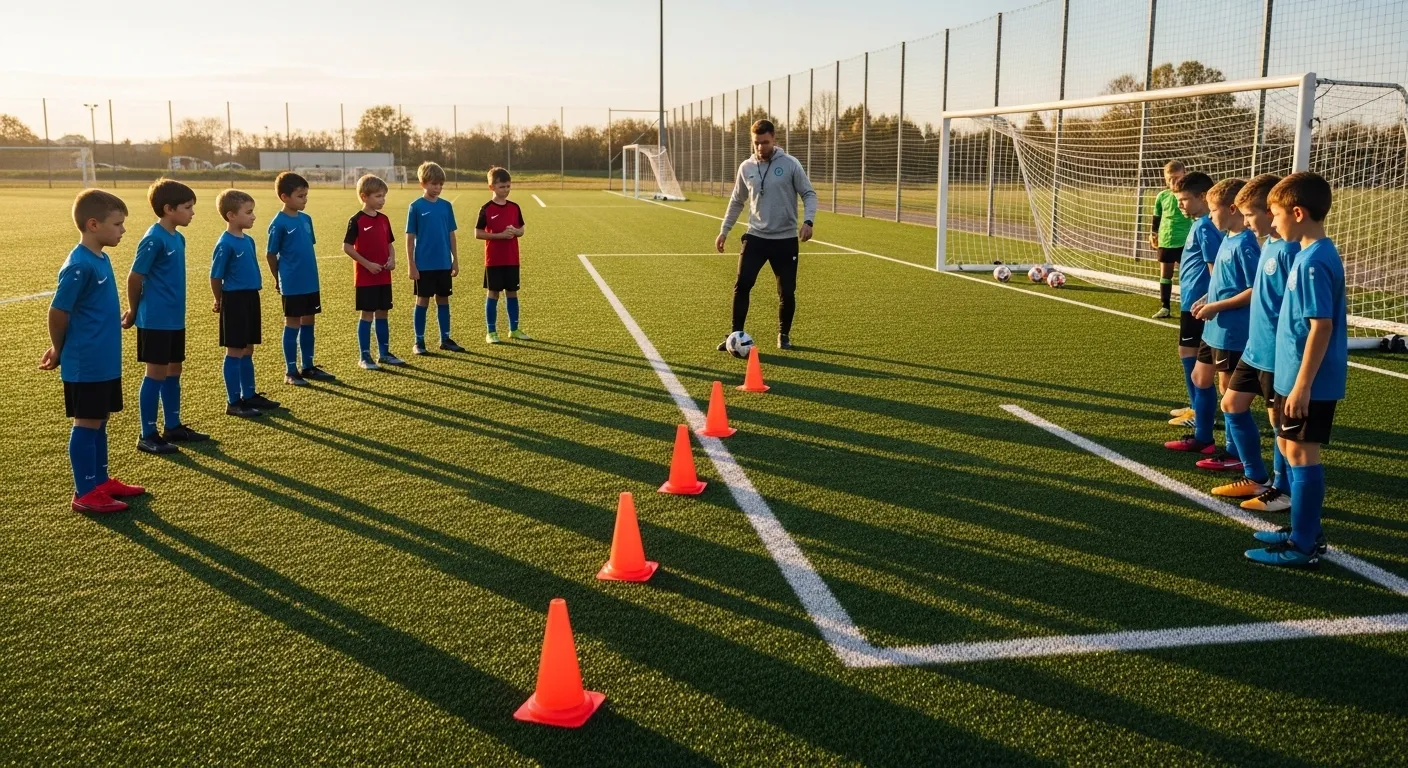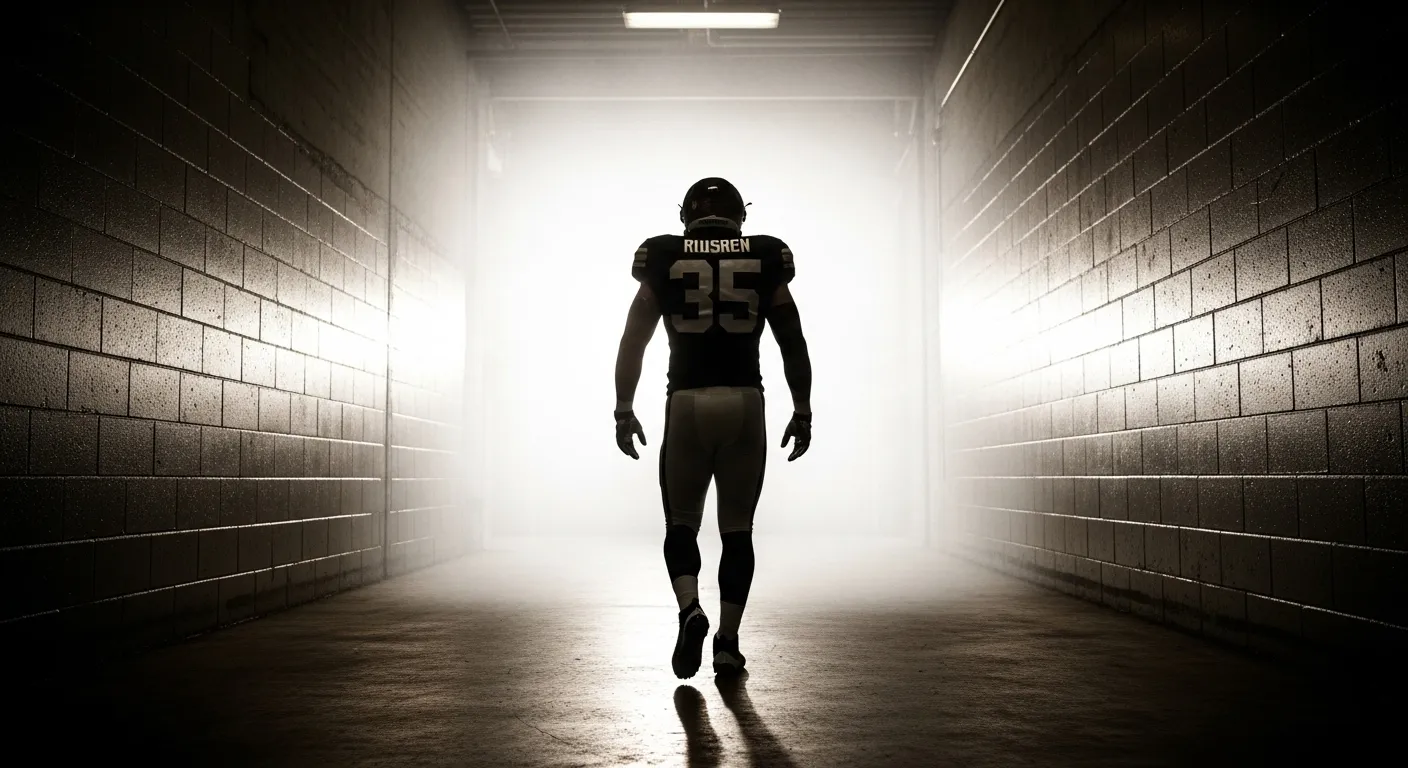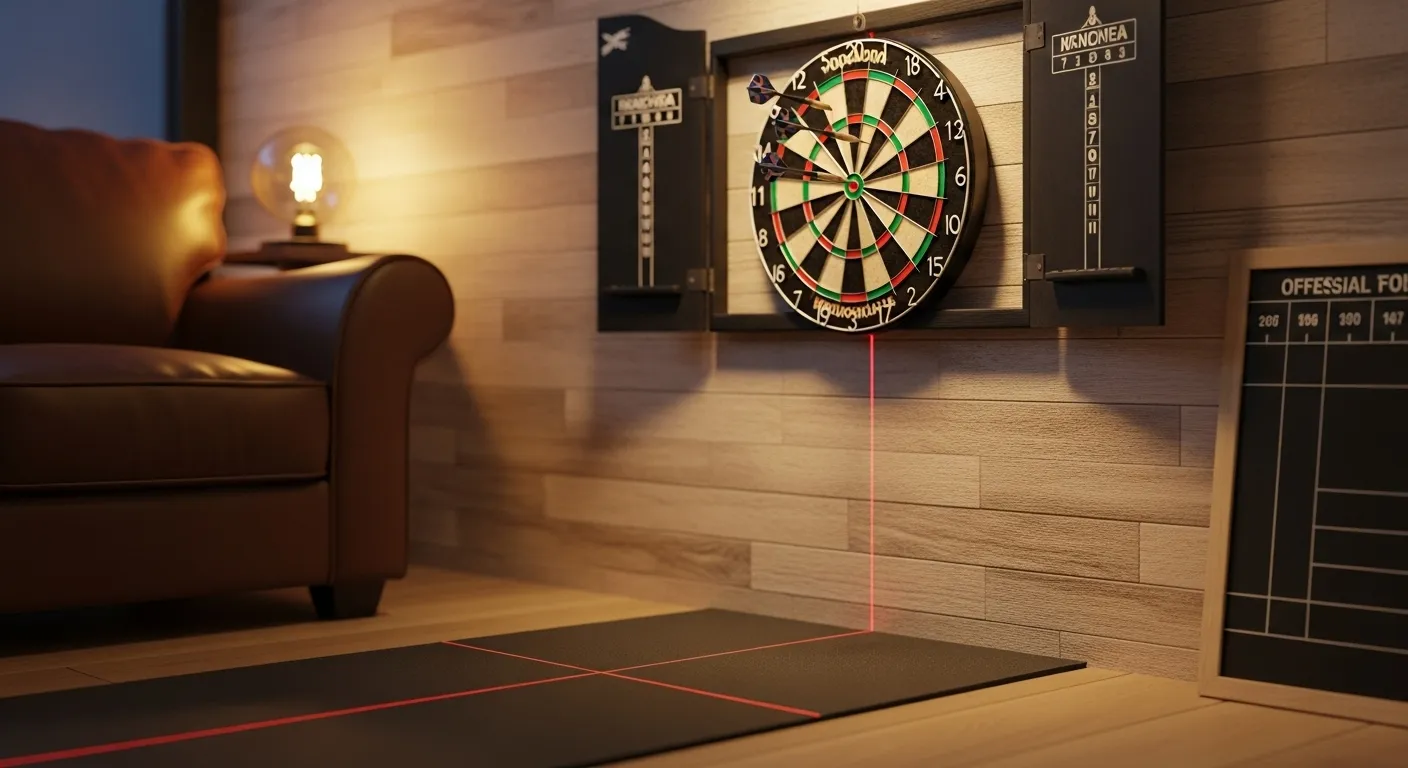As a coach who’s run finishing sessions for 12+ years, here’s my short take: Soccer Shooting Drills live or die on first touch, angle, and a calm head. Power is nice. Control wins. I’ve seen it, I’ve messed it up, I’ve fixed it.
Quick Answers: Best Soccer Shooting Drills
- Best fast drill: One-touch box finishing. Small grid. Lots of reps.
- Best youth option: Guided cut-backs. Teach timing, not toe-pokes.
- Best for power: Laces strike off a moving ball. Not from standing. Ever.
- Best accuracy hack: Two-targets only. Near-post or far-post. No middle.
- Best confidence drill: Easy service. Empty goal. Build the feeling first.
- Best “game-like”: 2v1 to goal with a trailing defender. Make a decision under heat.
Technique First. Then Power. Always.

In my experience, shooting technique is just three things: plant foot next to the ball, nose over toes, and hips pointed where you actually want it to go. I’ve always found that when those line up, accuracy jumps. Add contact: laces for power, inside of the foot for control, and the good old toe… for kicking yourself later.
If you want a simple map of shot types (drives, curls, chips) and when to use them, this summary of shot mechanics is useful for quick references: types of shots in football. Yeah, it’s dry. But it’s correct.
Your First Touch Sets Your Finish
Your first touch sets your finish. If the ball is under your feet, the shot is gone. So I teach a touch out of your feet into space, then strike. If you need a quick tune-up for the move-before-the-shot idea, this 10-minute dribbling plan for 1v1 ball control does the trick. Get comfortable beating a cone before you try beating a keeper.
My Go-To Finishing Progressions (The Ones I Actually Use)
Why These Work
Each drill below forces one decision: angle, surface, or timing. One decision at a time is how players learn without frying their brains. I’m not into circus drills. I want clean reps for soccer shooting drills, low setup, big payoff.
1) Three-Cone Turn-and-Shoot
Set three cones in a triangle about five yards out. Receive on the back foot, turn away from the “defender” cone, push the ball a step, shoot far post. Coaching cues: hips to target, head steady, land on your striking foot. Add a coach shout—“near” or “far”—right as they turn to work shot selection under pressure.
2) One-Touch Box Finishing
Make a 10×10 yard box at the top of the area. Two servers roll balls in; the striker can only finish one touch. This builds timing and body shape. It also exposes sloppy runs. I’ve always found that one-touch finishing makes mistakes loud and learning fast. Keep it short, 8–10 reps, or legs go jelly and form dies.
3) Cut-Back Lines
Two wingers dribble to the end line, cut the ball back to the penalty spot. Striker arrives late—late on purpose—then finishes inside of the foot. This is the most common scoring pattern in youth games. Teach the delay. Kids sprint early, then stand. Nope. Arrive as the ball arrives. Easy finish. Looks classy too.
4) Cross and Volley (or half-volley)
Serve from wide. Let it bounce once for half-volley practice or hit it out of the air for a volley. Keep the knee over the ball to avoid skying it. Composure matters. If I hear a boot “clap” too hard, I know they’re snatching at it. Smooth swing. Contact through the middle. If they can’t manage a volley yet, allow a chest control, then hit.
5) Penalty Routine Under Breath Control
Five-spot routine: pick corner, two deep breaths, step, strike. No changing the mind mid-run. I’ve seen more missed pens from last-second panic than bad technique. For a quick primer that’s surprisingly readable, this overview on penalty kicks is fine. Then go train them for real, under noise and time limits.
Formations Shape Your Shots More Than You Think
When we play with a single striker, I push the 10s higher and ask the 6 to hang back. Why? Second balls and cut-backs. If you want a clean, simple explanation on how to create lanes for your wingers and the central attacking mid, this on the 4-2-3-1 formation gets the spacing right without the chalkboard drama.
With younger teams in small-sided games, your formation actually fixes finishing patterns. Keep width, get a late runner, shoot across the keeper. If you’re setting up 9-a-side and not sure who should arrive at the top of the box, skim this practical guide on 9v9 youth soccer formations. I use it to sanity-check spacing before practice.
Session Length, Reps, and Why Tired Shots Lie
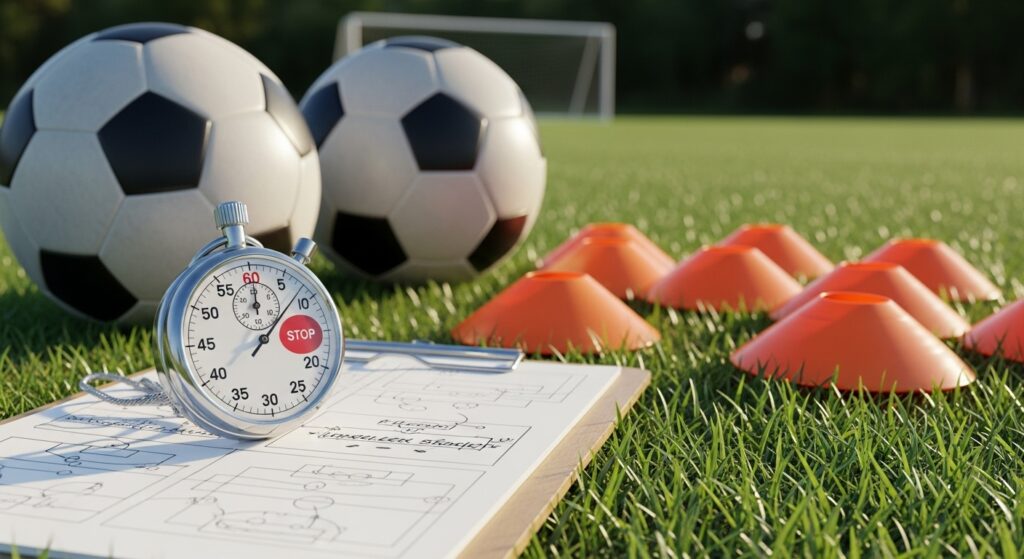
If you’re training finishing for 30–40 minutes, plan 120–150 strikes total. Past that, technique melts. Players start toe-poking because their legs are done. I time blocks based on how long games actually run. This piece on how long soccer games take is handy when you’re matching training loads to match demands.
Mindset and Myths I Still Fight Every Week
There’s the myth of “born finishers.” Sure, instincts matter. But most goals are simple: arrive late, pick a corner, pass the ball in. I like pointing players to stories about real traits—movement, scanning, composure—over fairy tales. If you need a fun read to spark that chat, try this one on GOAT traits and striker myths. Then go film training and show them their hips are facing the corner flag. That usually ends the myth.
Quick Drill Matrix (Steal This)
Here’s the short, honest table I wish I had years ago.
| Drill | Focus | Reps | Coaching Cues |
|---|---|---|---|
| 3-Cone Turn-and-Shoot | First touch, far-post finish | 2×8 each side | Back foot receive, hips to target, nose over toes |
| One-Touch Box | Timing, one-touch finishing | 3×6 | Arrive late, open body, inside of foot for control |
| Cut-Back Lines | Late run, composed pass-in | 2×10 | Delay the run, pick corner, don’t smash it |
| Cross and Volley | Technique on bouncing ball | 2×6 each side | Knee over ball, lock ankle, smooth swing |
| 2v1 to Goal | Decision making, finishing under pressure | 2×6 | One touch if close, shoot across keeper |
| Penalty Routine | Composure, repeatable steps | 1×5 at end | Pick early, breathe, same run-up every time |
Coaching Cues That Actually Stick
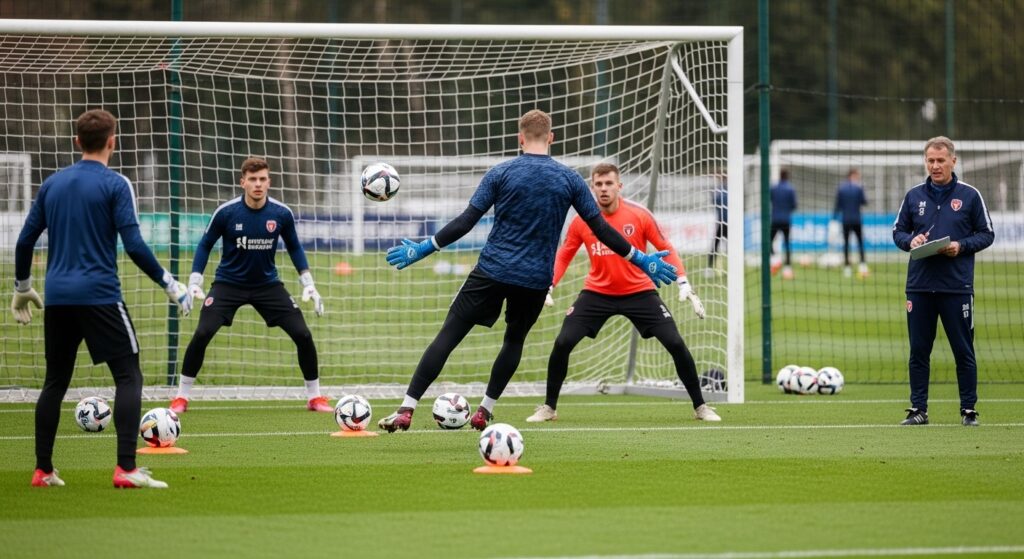
- Plant, point, punch: Plant foot next to ball, point hips, punch through.
- Two corners, choose one: Near post or far post. No guessing.
- First touch makes the shot: Push it into space before striking.
- Head steady: Not head down—steady. Eyes on contact, then target.
- Arrive late: For cut-backs and crosses, be late on purpose.
Two Tiny Tweaks That Matter
When a player leans back, the ball sails. Fix that by moving the plant foot a shoe-length closer to the ball. Also, I cap volleys to 5–6 attempts per side. After that, contact goes wild. Better to stop early and win tomorrow.
Extra Reading If You Like the Nerdy Side
I still peek at fundamentals from time to time, especially when teaching new kids. This clean overview of soccer shooting drills core tactics and skills is useful when you’re trying to explain “why we shoot across the keeper” without turning into a lecture: basic tactics and skills. Short, and gets most of it right.
Match What You Train to What You Play
I build finishing patterns off our shape and our best runners. If our 9 holds and our 7 loves the line, we drill near-post flashes and back-post tap-ins. If our 10 floats high, we drill cut-backs to the penalty spot. That’s it. I keep the plan simple. These sessions and the other soccer shooting drills above all scale up or down, depending on age and chaos level.
Mini FAQs
What’s the fastest way to improve accuracy?
Two-target rule. Only shoot near or far post. Ten minutes, three times a week. Inside of the foot, slow and clean.
How many reps before form gets ugly?
About 40–50 strikes per block. After that, take water, reset cues, and switch drills. Tired feet lie.
Should kids train weak foot?
Yes. One set per drill on the weak foot. Lower the pace, keep the same technique. The habit matters more than the goal count.
Is one-touch finishing too hard for beginners?
No, if the service is slow and the box is big. One-touch teaches body shape fast. Start gentle, build speed later.
What about long shots—worth it?
Sometimes. Train them, but spend most time inside the box. More goals live there. Pick your moments. Don’t spam hopeful blasts.
One last thing
If you keep sessions short, cues simple, and reps clean, players start finishing like it’s normal. Which it is. Oh—and if you ever need a crash course on how different legends actually finished, not just the highlight sizzle, I keep a folder of clips. It’s messy. Like real training.

I’m Daniel Moore, and I live for the thrill of the game. Get energetic live commentary, detailed match analysis, data-backed betting predictions, and official team rankings right here.

